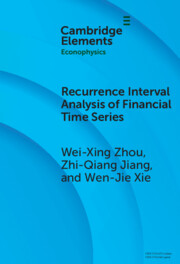We consider signal denoising via transform-domain shrinkage based on a novel risk criterion called the minimum probability of error (MPE), which measures the probability that the estimated parameter lies outside an ε-neighborhood of the true value. The underlying parameter is assumed to be deterministic. The MPE, similar to the mean-squared error (MSE), depends on the ground-truth parameter, and therefore, has to be estimated from the noisy observations. The optimum shrinkage parameter is obtained by minimizing an estimate of the MPE. When the probability of error is integrated over ε, it leads to the expected ℓ1 distortion. The proposed MPE and ℓ1 distortion formulations are applicable to various noise distributions by invoking a Gaussian mixture model approximation. Within the realm of MPE, we also develop a specific extension to subband shrinkage. The denoising performance of MPE turns out to be better than that obtained using the minimum MSE-based approaches formulated within Stein's unbiased risk estimation (SURE) framework, especially in the low signal-to-noise ratio (SNR) regime. Performance comparisons with three benchmarking algorithms carried out on electrocardiogram signals and standard test signals taken from the Wavelab toolbox show that the MPE framework results in SNR gains particularly for low input SNR.
